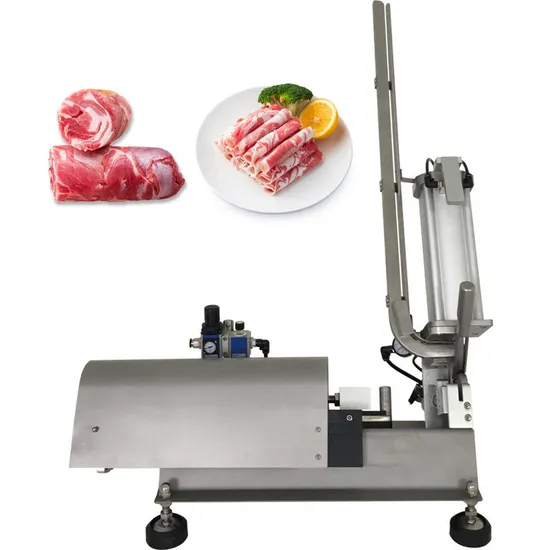10 years of experience as a food machinery equipment manufacturer
10 years of experience as a food machinery equipment manufacturer
American Meat Roll Filling Machine: An Overview

In the realm of food processing equipment, the American meat roll filling machine stands as a pivotal tool for manufacturers seeking to streamline production and maintain consistent product quality. This equipment plays a crucial role in the efficient creation of meat rolls, a popular food item enjoyed across diverse culinary landscapes.
Functionality and Design
The core function of a meat roll filling machine is to automate the process of stuffing meat mixtures into casings or molds, thereby forming the characteristic cylindrical shape of meat rolls. These machines typically consist of several key components working in concert: a hopper to hold the meat mixture, a feeding mechanism to push the mixture into the casing, a filling horn or nozzle to guide the mixture, and a casing handling system to manage the casing material. Modern machines often incorporate advanced control systems allowing for precise adjustment of filling speed, portion size, and casing tension.
Types of Machines
Meat roll filling machines come in various configurations, each tailored to specific production needs. Continuous filling machines are designed for high-volume output, continuously extruding meat mixture into a casing as it moves along the production line. Intermittent filling machines, on the other hand, fill individual portions, making them suitable for smaller-scale operations or products requiring precise portion control. Vacuum filling machines are another category, which remove air from the meat mixture during the filling process, resulting in denser and more uniform meat rolls with extended shelf life.
Applications
The applications of American meat roll filling machines are widespread throughout the food industry. They are commonly used in the production of sausages, salami, ham, and other processed meat products. These machines are also employed in the creation of vegetarian and vegan meat alternatives, demonstrating their versatility in adapting to evolving consumer preferences.
Advantages of Automation
The adoption of meat roll filling machines offers several advantages over manual filling methods. Automation significantly increases production speed and reduces labor costs. These machines also ensure greater consistency in product weight and shape, leading to improved product quality and reduced waste. Furthermore, automated systems can enhance hygiene standards by minimizing human contact with the meat mixture.
Key Considerations When Choosing a Machine

Selecting the appropriate meat roll filling machine requires careful consideration of several factors. Production volume is a primary consideration, as high-volume operations necessitate continuous filling machines, while smaller-scale producers may find intermittent filling machines more suitable. The type of meat mixture being processed is another important factor, as certain machines are better equipped to handle coarse or viscous mixtures. Casing type and size also influence machine selection, as different machines are designed to accommodate various casing materials and dimensions.
Maintenance and Sanitation
Regular maintenance is crucial to ensure the longevity and optimal performance of meat roll filling machines. This includes routine cleaning, lubrication, and inspection of wear parts. Proper sanitation is also paramount to prevent bacterial contamination and maintain food safety standards. Machines should be designed for easy disassembly and cleaning, with smooth surfaces and minimal crevices where bacteria can accumulate.
Technological Advancements
The field of meat roll filling technology continues to evolve, with ongoing advancements aimed at improving efficiency, precision, and hygiene. These advancements include the integration of advanced sensors, automated control systems, and improved sanitation features. Some machines now incorporate vision systems to detect and reject defective products, further enhancing quality control.
The Future of Meat Roll Filling Machines
The future of American meat roll filling machines is likely to be shaped by increasing demand for automation, greater emphasis on food safety, and growing consumer interest in diverse and innovative meat products. Manufacturers are expected to continue investing in advanced technologies to optimize production processes, reduce waste, and meet evolving consumer preferences.
In conclusion, the American meat roll filling machine is a critical component of modern food processing, enabling manufacturers to produce high-quality meat rolls efficiently and consistently. As technology advances and consumer preferences evolve, these machines will continue to play a vital role in shaping the future of the meat processing industry.
